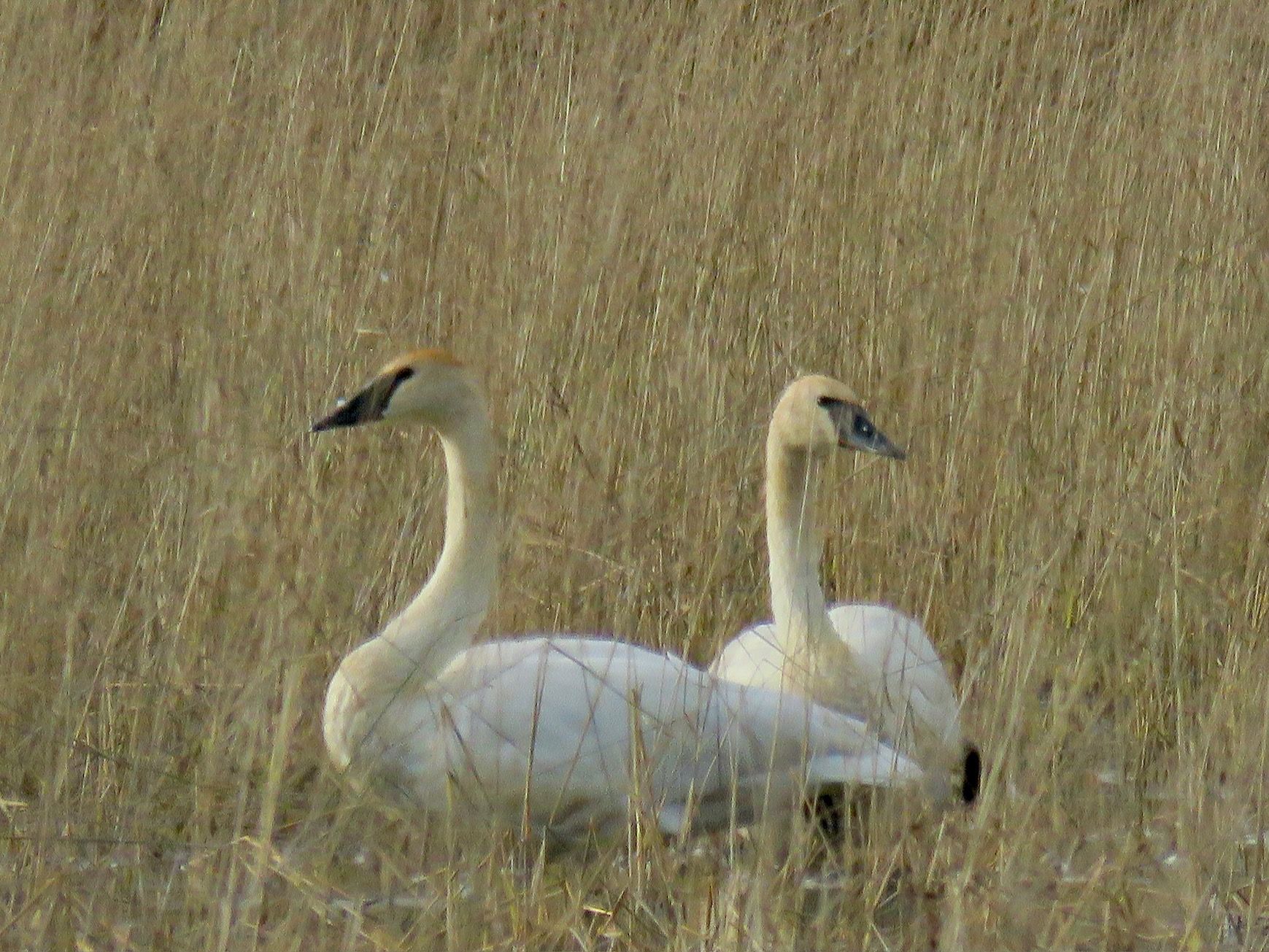Drawn by Nature: Keep eyes skyward for migrating birds
Thousands of cranes congregate at Sherburne refuge.
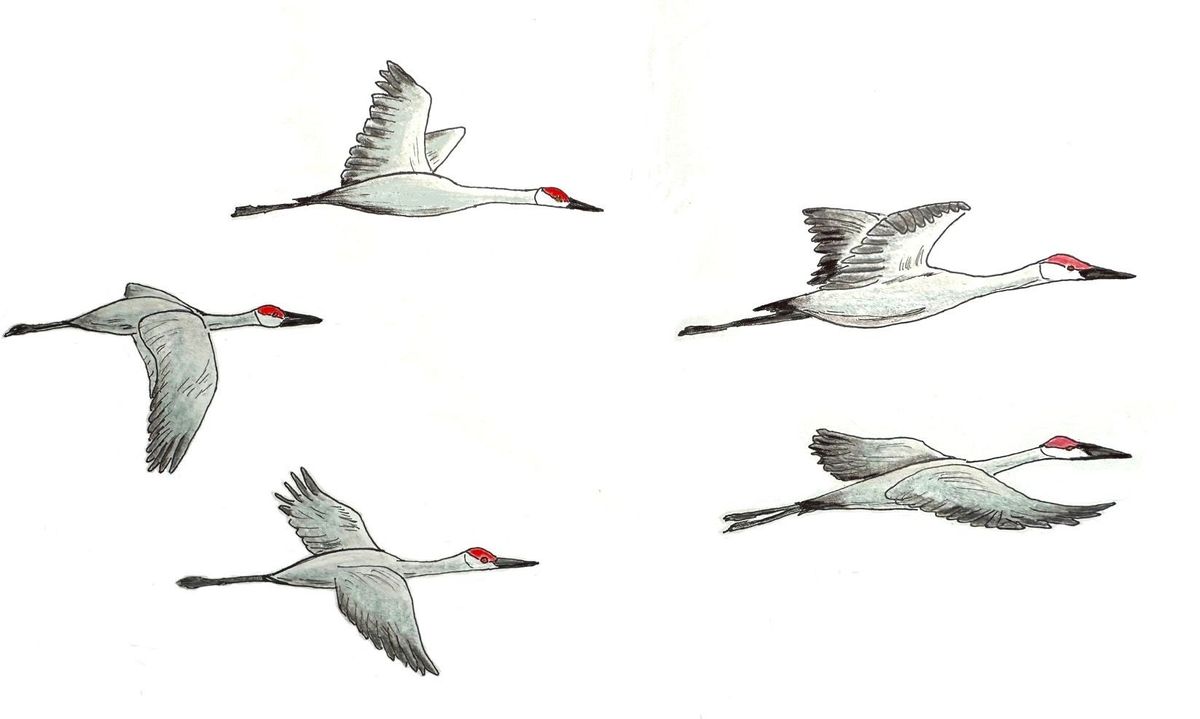
Few scenes outshine the brilliant colors that blaze across central Minnesota’s forests each fall. While not as showy as a flame-red maple tree, there’s another spectacle going on as birds flock together and prepare to migrate.
I watched a squadron of pelicans soar over St. Cloud’s Lake George last week. I had to pull over and park so I could enjoy their progress as they’d flap their wings, then glide, then flap again, with a rough V-shape that kept wavering.
You might see dozens of raptors or vultures soaring in circles while riding warm updrafts of air as weather fronts shift or catch the honking clamor of Canada geese soaring overhead near sunset.
One of the showiest sights can be a murmuration, a massive cloud of starlings or blackbirds that swarm, swoop, dash, and dive across farm fields. They appear perfectly synchronized much like sleek schools of fish that dart and pivot as if following the command of a single brain.
While people across the northern states may notice signs of birds preparing to migrate, central Minnesotans have the advantage of being near the Mississippi River, one of the world’s busiest flyways.
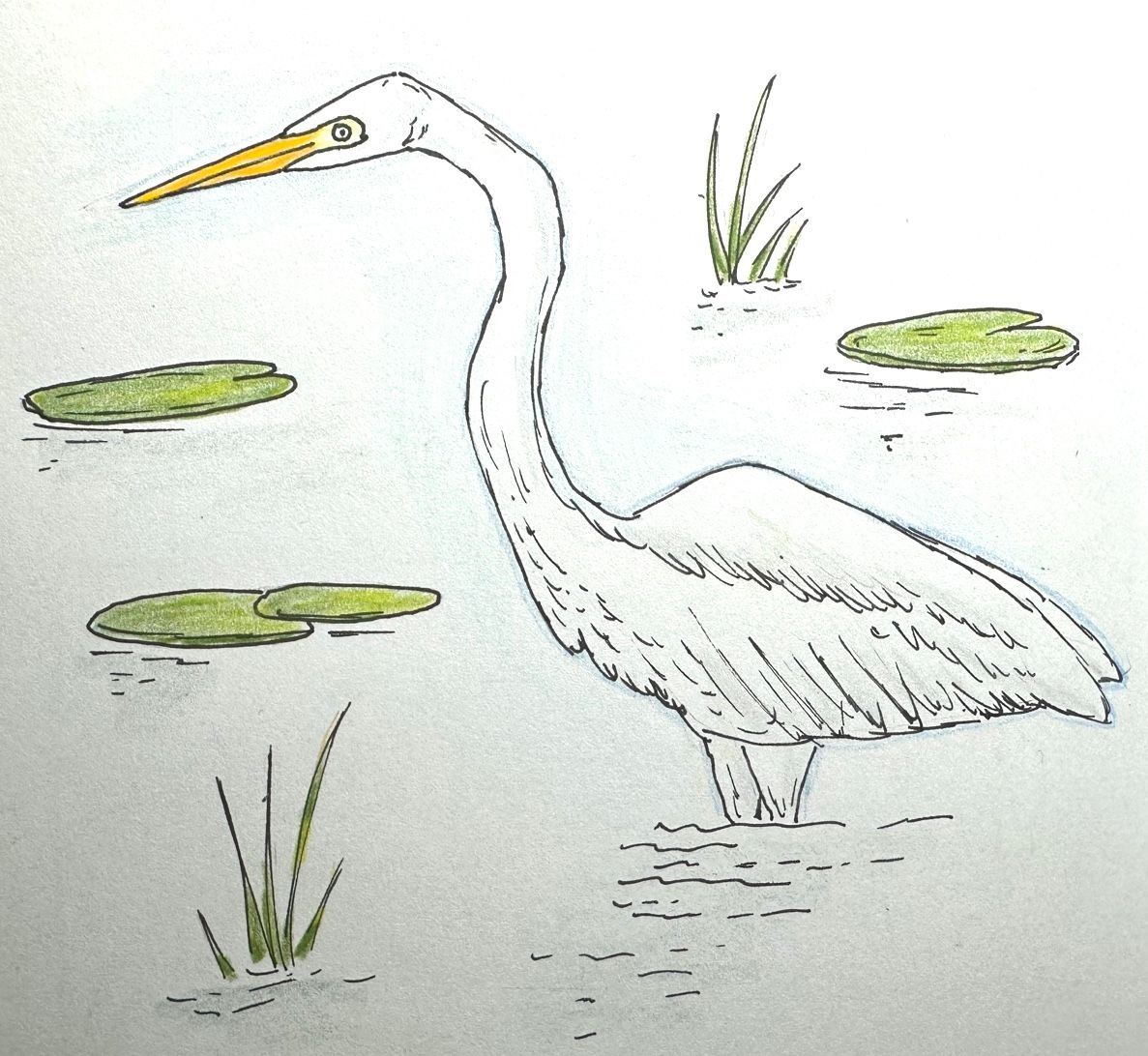
Flocking to the flyways
An estimated 325 bird species travel along the Mississippi Flyway, according to the National Audubon Society. Many are passing through Minnesota on their way from the boreal forests of Canada to wintering grounds in Central and South America or along the Gulf of Mexico.
Birds ranging from little yellow warblers to broad-winged hawks cover thousands of miles during often tumultuous fall weather ranging from Midwest thunderstorms to gale-force hurricanes along the Gulf Coast.
Birds often flock together for safety. Small birds with more predators typically fly under the cover of darkness, as well. The Cornell Lab’s Birdcast tracks migration numbers daily with the help of radar. On Sept. 27, it estimated 515,500 birds flew over Minnesota during nighttime hours. By Oct. 4—only a week later—an estimated 18 million birds flew across the state. On the night of Oct. 8, that number was just shy of 23 million.
Most of the birds passing through Minnesota were warblers and songbirds such as the American redstart and palm warblers. They were among an estimated 99 million birds traveling throughout the country Oct. 4, and numbers are expected to climb throughout this month and into November.
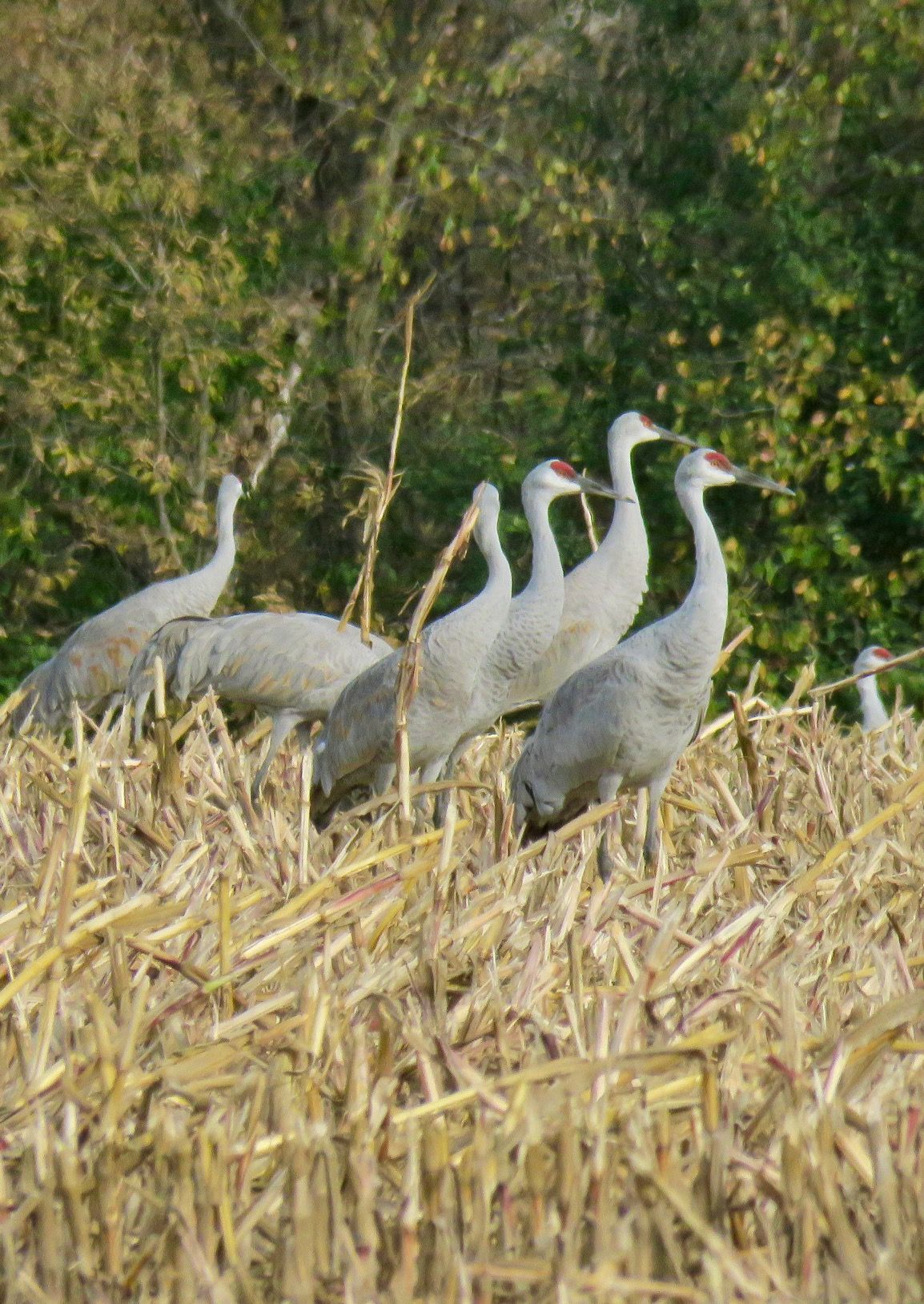
Catch cranes gathering at refuge
One of the biggest migration spectacles can be seen at Sherburne National Wildlife Refuge where sandhill cranes congregate before flying south. The 31,000-acre refuge spread across the St. Francis River basin provides a sanctuary for an estimated 100 cranes throughout the nesting season.
By late September and into early November, pairs that nested across Minnesota and beyond will return to the refuge. They gather with other cranes, including the summer’s fledglings, to roost along wetlands.
As the sun’s first rays rise above the horizon, the cranes begin their prehistoric vocalizing and shortly afterward will rise in unison and set off to forage for food. When ice forms on waterways or freezes soil, the cranes leave central Minnesota and continue their journey south.
“Our numbers are building up. Last year on a single day we saw about 30,000 cranes,” said Cody Carlstrom, a wildlife biologist at the refuge. “We’re hoping for another outstanding year for migrating cranes.”
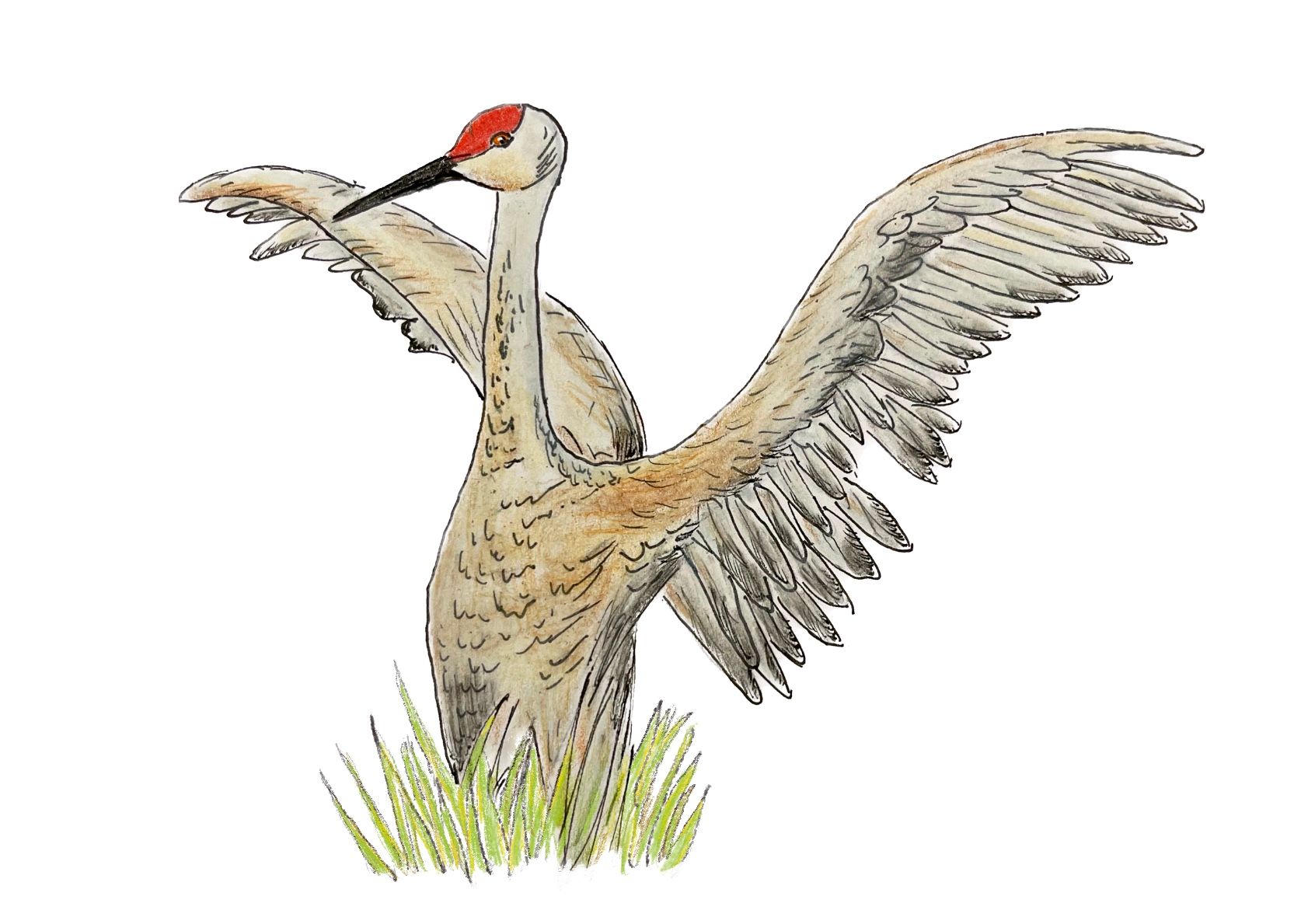
Where to see cranes
Annual guided tours at the refuge each October let visitors get close enough to roosting areas to see cranes lift off at sunrise. Tours are close to full for this season, but you can watch for 2024 tours or look for cranes during the refuge’s hours of sunrise to sunset.
Watch neighboring farm fields for cranes, take the Prairie’s Edge wildlife drive toward the end of the day, or park in areas where you can watch for cranes returning to their nighttime roost throughout October and into November until freezing weather sets in. You can find more tips for where to go and park here.
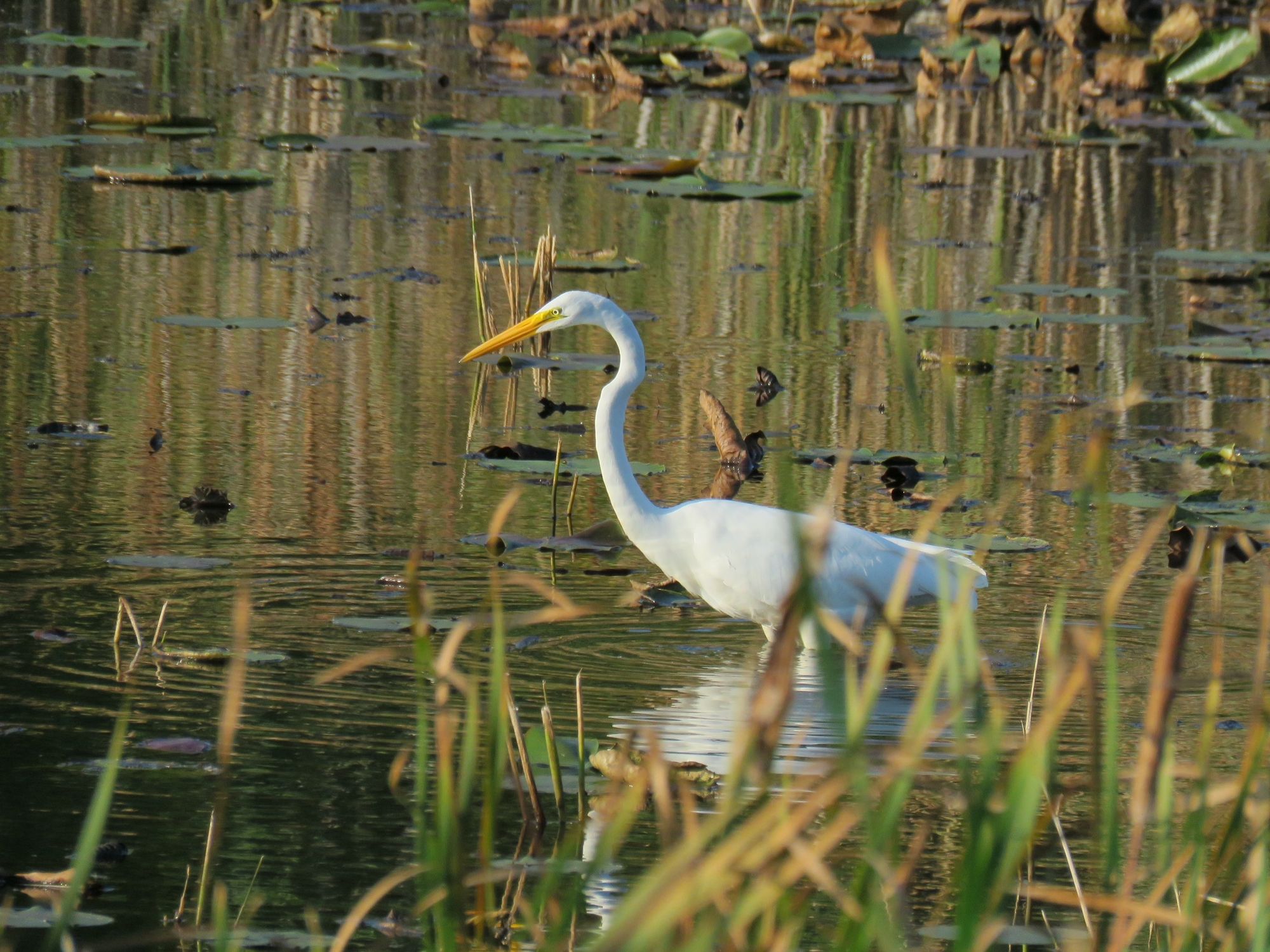
Help reduce bird fatalities
If you have large picture windows and frequent bird collisions, look for reflective decals, mylar strips, adhesive dot patterns, or tape to help steer birds away from reflections when migrating.
Audubon and other birding organizations also ask residents to turn off outside lights at night. Lights can interfere with their nocturnal navigation, especially in urban areas. If you do leave on lights, choose a style that directs light downward rather than upward. You can find more information here. As a bonus, less light pollution makes more stars visible.
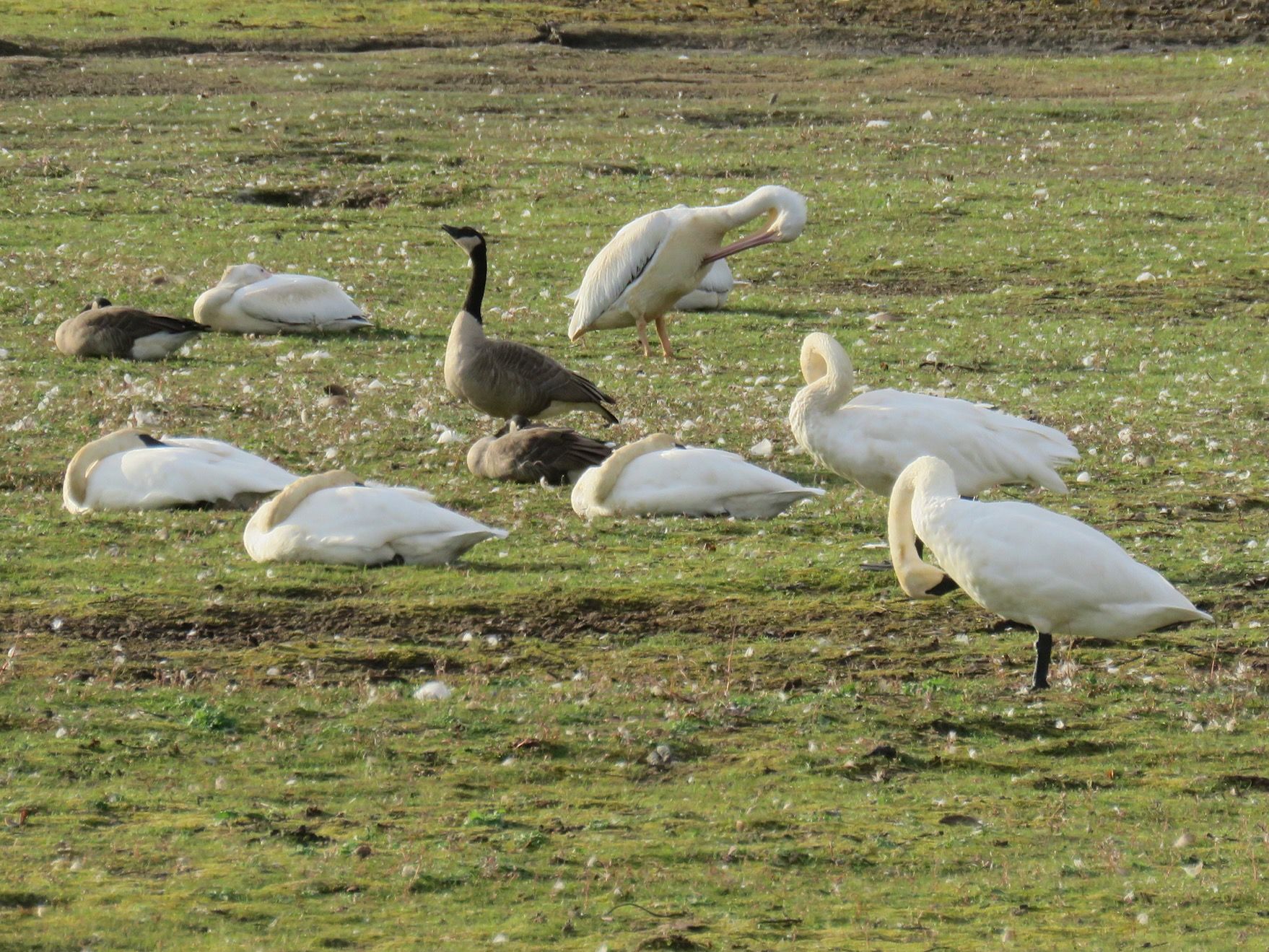
Who's behind this column?
St. Cloud-based Lisa Meyers McClintick has been an award-winning journalist and photographer for more than 30 years. A lifelong nature nerd, she joined the Minnesota Master Naturalist program in 2021.
